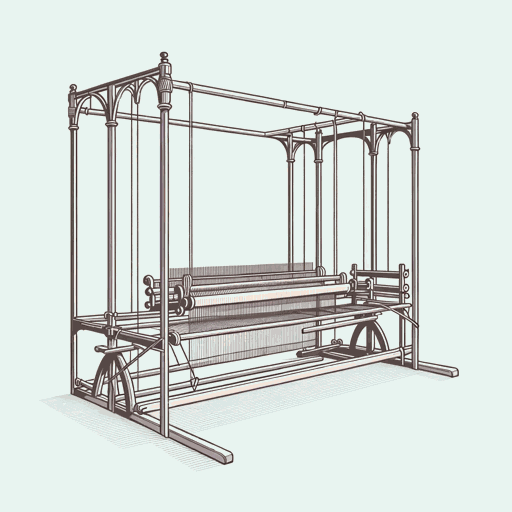58 pages • 1 hour read
E. P. ThompsonThe Making of the English Working Class
Nonfiction | Book | Adult | Published in 1963A modern alternative to SparkNotes and CliffsNotes, SuperSummary offers high-quality Study Guides with detailed chapter summaries and analysis of major themes, characters, and more.
Part 3, Chapter 15Chapter Summaries & Analyses
Part 3: “The Working-Class Presence”
Part 3, Chapter 15 Summary: “Demagogues and Martyrs”
Chapter 15 focuses on the years 1815-1820, immediately following the end of the Napoleonic Wars, an era that Thompson calls the “heroic age of popular Radicalism” (603). The chapter is divided into six subsections: “Disaffection,” “Problems of Leadership,” “Hampden Clubs,” “Brandreth and Oliver,” “Peterloo,” and “The Cato Street Conspiracy.”
The first three subsections can be summarized in a single word: diffusion. The government’s two decades of counter-revolutionary repression had stifled Radicalism to such an extent that it had no geographic center and no single leader around whom to coalesce. Major John Cartwright, septuagenarian advocate for Parliamentary reform, organized the Hampden Clubs. William Cobbett, the Tory squire, penned scathing denunciations of Old Corruption. Henry Hunt, the orator, brought these messages to the post-war crowds. None of these men, however, had any interest in leading a working-class revolution. In London, Radical conspirators such as James Watson, Arthur Thistlewood, and Thomas Preston hoped to establish an English republic by force if necessary. Francis Place’s Westminster Committee, however, was busy building bridges to middle-class reformers. To the extent that Radicalism had any semblance of cohesion in these post-war years, credit belongs to the vibrant Radical Hampden Clubs, which held a national convention in January 1817.
Featured Collections
British Literature
View Collection
Business & Economics
View Collection
Challenging Authority
View Collection
Class
View Collection
Class
View Collection
Community
View Collection
European History
View Collection
Political Science Texts
View Collection
Politics & Government
View Collection
Power
View Collection
Sociology
View Collection
SuperSummary Staff Picks
View Collection
The Best of "Best Book" Lists
View Collection

